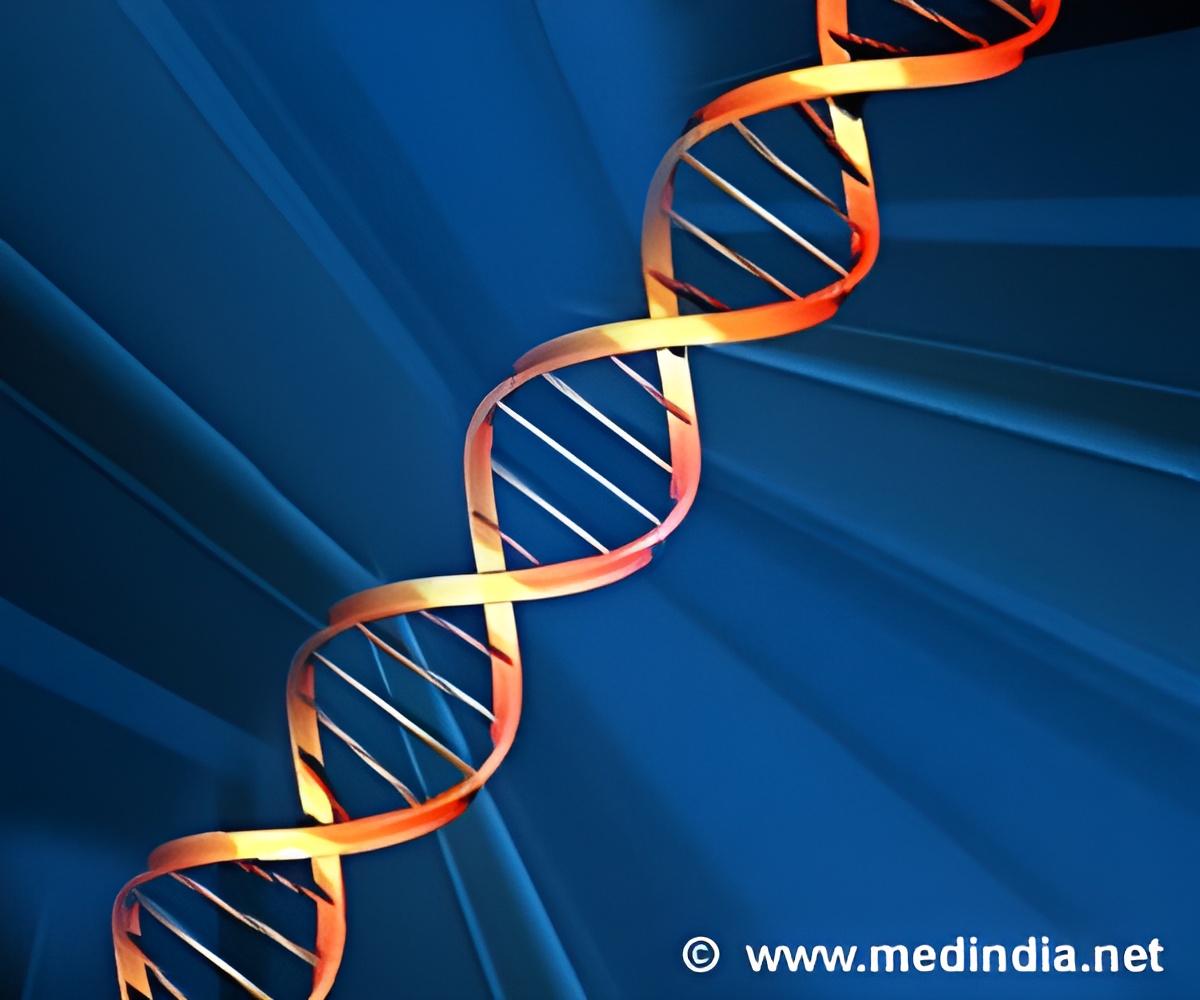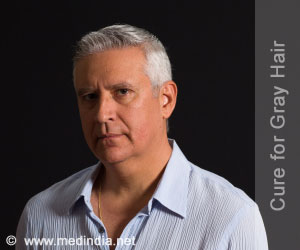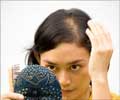
‘The gene IRF4 was linked to gray hair, PRSS53 was found to influence hair curls and monobrow was linked to the gene PAX3.
’
Tweet it Now
“We already know several genes involved in balding and hair color, but this is the first time a gene for graying has been identified in humans, as well as other genes influencing hair shape and density,” said lead author, Dr Kaustubh Adhikari, UCL Cell & Developmental Biology.“Preventing gray hair is a possibility and even reversing gray hair might not be impossible. Once we know more about the pigmentation process, and all the genes involved it should be easy to find a protein or enzyme to up-regulate or down-regulate the activity.”
The researchers analyzed DNA samples from more than 6,600 volunteers to find out the cause of graying hair. The study participants were from Brazil, Colombia, Chile, Mexico, and Peru. The study group included individuals of mixed European (48%), Native American (46%) and African (6%) ancestry, giving a large variation in head hair appearance.
Visual traits for each individual were compared to whole genome analysis results to identify the genes that are driving differences in appearance.
The gene identified for hair color IRF4, is known to play a role in graying of hair. The findings suggest that changing hair or eye color could be possible without using dyes. The findings could pave the way for drugs that can change the expression of certain genes to alter appearance, or preventing gray hair.
Advertisement
Several other genes that play an important role in physical appearance were also identified. A gene EDAR was found to be linked to the ability to grow a full, bushy beard. The eyebrow thickness was found to be determined by FOXL2. A variant of PAX3 made a monobrow and PRSS53 was found to influence hair curliness.
Advertisement
“The PRSS53 enzyme functions in the part of the hair follicle that shapes the growing hair fiber, and this new genetic variation, associated with straight hair in East Asians and Native Americans, supports the view that hair shape is a recent selection of the human family.”
The findings of the study could help develop forensic DNA technologies that build visual profiles based on a person’s genetic makeup. A person’s genetic make-up could reveal the hair color, texture, and even eye color.
The research was published in the journal Nature Communications.
Source-Medindia















